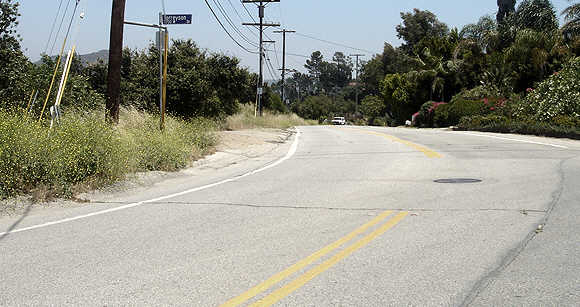Norman Fairbanks has released the first album produced entirely on the Tenori-On, the unusual LED-bestrewn sequencing sampler instrument currently available from Yamaha in the UK. It’s a no-risk listen: the full album is available for download free from his website. The results sound like a Tenori-On album, with minimal looping patterns a bit like those you’d expect out of a newly-invented Pocket Steve Reich Machine, but the textures get immersed in a cool, ambient landscape. Good listening for gray November days here.
Now, pitching an album as produced entirely on a new, buzz-friendly instrument is clearly a nice gimmick — Yamaha even sent out a press release touting the creation. (One more reason for us non-Brits to be jealous.) But I was curious nonetheless what drove Norman to use just one instrument. The lesson here is nice: sometimes limited tools can be ideal. And this confirms for me what’s beginning to happen with new digital interfaces, which is that they’re not so much instruments in the traditional sense as windows into musical structure, part way between instrument and score. Here’s how Norman responded to CDM’s Five Questions:
What made you work with the Tenori-On? What had you been working with before?
I did my very first demo some 17 years ago, produced with just one synthesizer. So I quite know a bit about how challenging it is to make a great sound with only one machine. I call that “creativity through limitation”. Working with the Tenori-On was a bit like being in the same situation again. It was fascinating for me to do this self-experiment, to utilize only on one machine in order to see where it can go. Besides I did not feel like I needed anything else to make it complete.
I work extremely reduced with respect to my equipment, just using my laptop, a good soundcard and my Grado’s. Strangely enough I believe my sound became even better the less equipment I have used. The Tenori-On obviously fits the way I work perfectly.
What have you liked best about the instrument?
For me, the Tenori-On [has] the most attractive and intuitive user interface I have seen for many years. It is great to work with as an idea generator or for live performances.
How do you think Tenori-On influenced your music on this album?
I think the Tenori-On helped me to question my understanding of the general concept of music, which is not necessarily influenced through sound. I just say that because I don’t think my album is interesting because of its sound but maybe through the structure within the tracks. So I guess the ultimate thing [that] happened here was to get back a specific sense of direction [in my music] … this became very tangible for me through the Tenori-On [for the first time in] a long time.

What’s one frustration, if any, you’ve had with it so far — anything you would want changed in a hypothetical Tenori-On 2.0?
Most important for me is to always find the suitable musical approach when utilizing specific capabilities of a specific instrument. In other words: I like to explore limits with the given opportunities – that’s challenging to me. I guess I wouldn’t have done a complete album if I was frustrated. I haven’t even tried out my own sounds, all tracks were done with the built-in stuff. You see, there are still many things to explore.
Got one (or more, if you feel moved) tip you’d share with potential Tenori-On buyers or current users in terms of how to get the most out of the instrument?
May I ask a counter question? What is the best way to drink a coffee – with milk or without? Unfortunately there is nothing I can really recommend but I am convinced that anybody working with the Tenori-On will quickly get a feeling how to make the most out of it.
That’s easy — without milk. CDM is made possible by black coffee. If you add milk, make it a latte. Erm, sorry — thanks, Norman!
Download the album 7 Days Microsleep from Norman Fairbanks’ website, which gets bonus points in my book for having a nav header titled “Jesus.”
